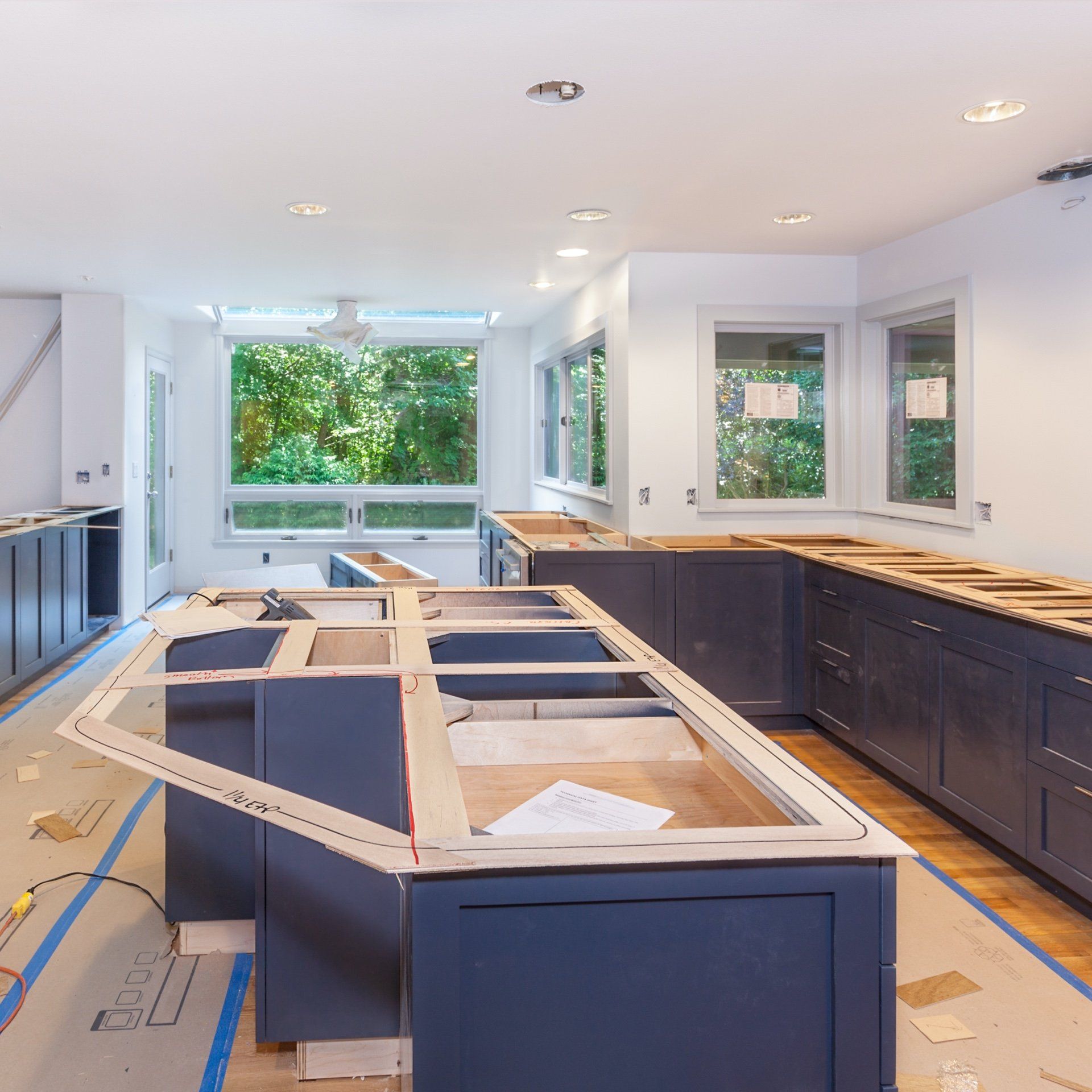How the FrenaCal catalytic device works
Where do frenaCal devices come from?
The anti-limescale devices we offer at frenaCal were developed by FluidDynamics® in Ireland over 50 years ago and have been continuously improved ever since. They are used worldwide, and to date, more than 573,000 devices have been installed for satisfied customers.
Unlike many anti-limescale devices on the market, frenaCal devices require no salt, chemicals, electricity, or maintenance. Below, we explain how they work, based on the physical effects of a catalyst on the water flow.
What is hard water?
Hard water is defined as limescale dissolved in the water. Limescale is insoluble in pure water. If carbon dioxide is added to water, it dissolves the limescale. The more carbon dioxide there is in the water, the more limescale it can dissolve.
Should we completely eliminate limescale from drinking water?
It's not a good idea to completely eliminate limescale from drinking water. Calcium and magnesium are essential minerals for the human body; furthermore, limescale-free water is harsh on pipes and can cause corrosion. Therefore, frenaCal devices don't remove limescale from water, but rather change its crystalline structure so that it doesn't adhere.
How does lime get into drinking water?
Rainwater filters through the soil and absorbs carbon dioxide in the process. When water passes through limestone, it slowly dissolves it and absorbs the lime. How is lime dissolved in drinking water, and how do limescale deposits form?
Dissolved limescale is in equilibrium with dissolved carbon dioxide. Whether the limescale remains dissolved or crystals form depends on the amount of carbon dioxide in the water. If carbon dioxide is reduced, limescale crystals form. If carbon dioxide is added, the limescale crystals dissolve again. When do limescale deposits form?
Limescale deposits form when carbon dioxide escapes from water. This happens when: • water evaporates • water heats up • water pressure decreases
This can be observed at home: • Water evaporates on the shower screen, forming limescale stains • Water is heated in the water heater, causing limescale deposits • Water flows out through the shower head, where the pressure decreases, causing limescale build-up. How does the limescale brake device prevent the formation of deposits?
Limescale protection is based on the principle that when pressure drops, dissolved carbon dioxide escapes, generating tiny limescale crystals that float in the water. In the limescale protection system, water flows through a spiral catalyst and swirls. In the swirling water, low-pressure zones are created. In these zones, carbon dioxide is released and tiny limescale crystals form, floating freely in the water. Limescale can crystallize in different forms with distinct properties: calcite and aragonite. When crystallization is slow (in the water heater, shower head, or shower walls), calcite forms, which adheres firmly. However, when crystallization is rapid inside the catalytic device, aragonite forms instantly. Aragonite generates tiny crystalline needles that do not adhere, but float in the water and are flushed down the drain. How does the frenaCal device remove existing deposits?
Once installed, in addition to inhibiting new deposits, catalytic devices gradually eliminate existing limescale deposits on pipes and appliances. This process takes several months: the excess carbon dioxide released by the catalytic device dissolves existing limescale deposits.










